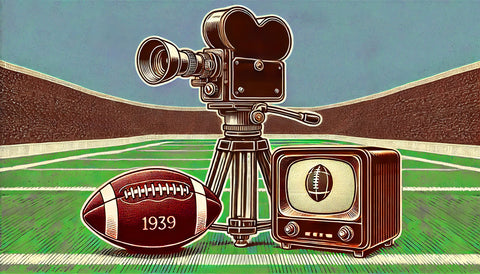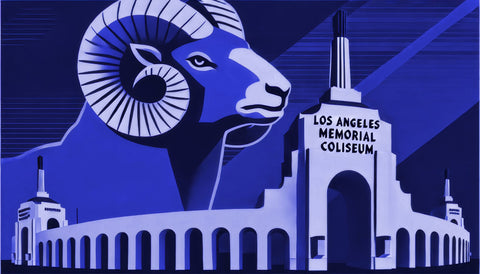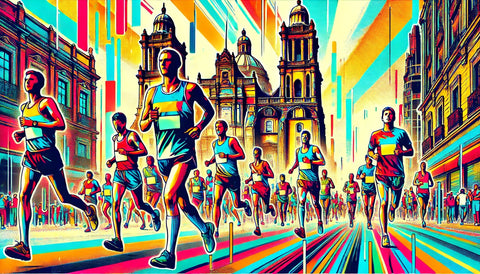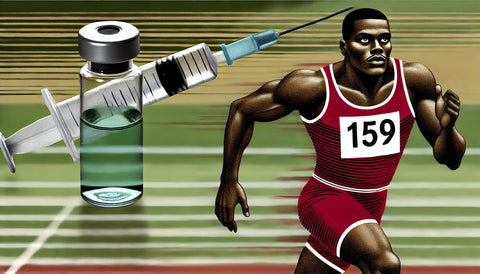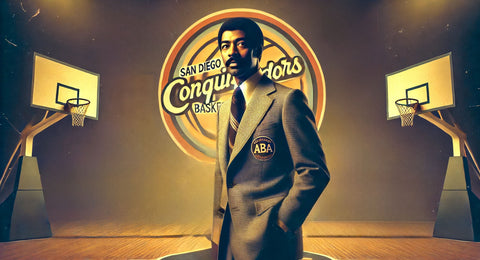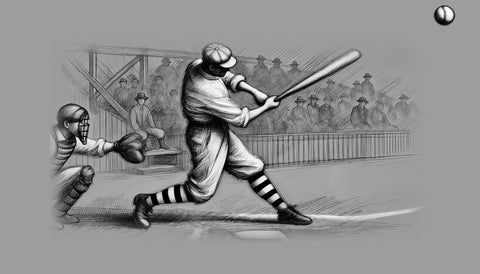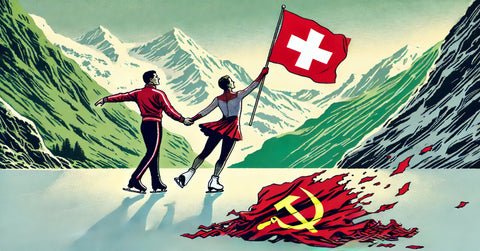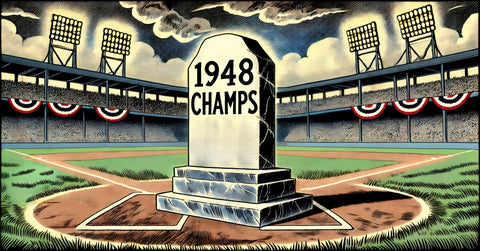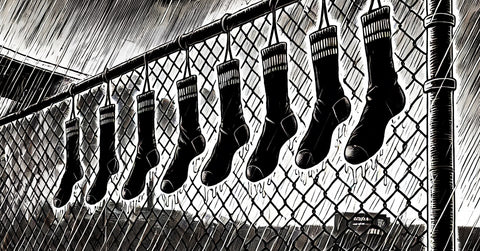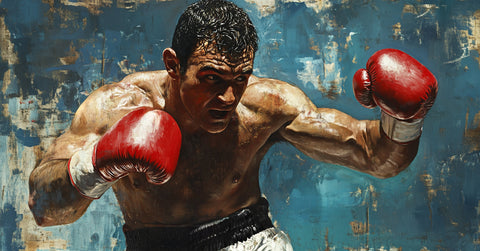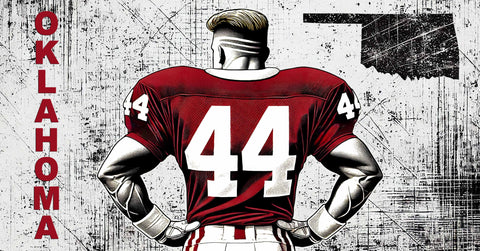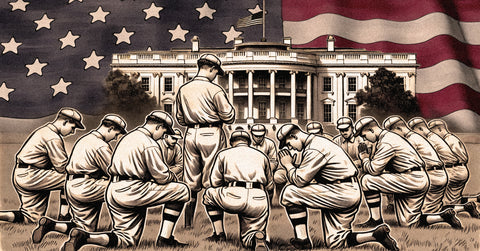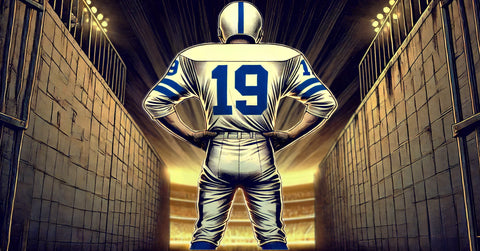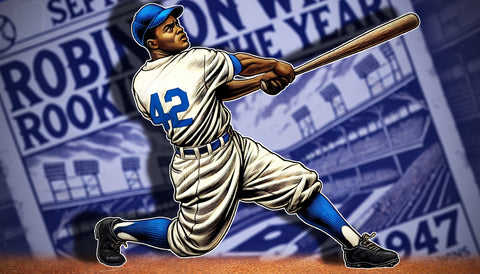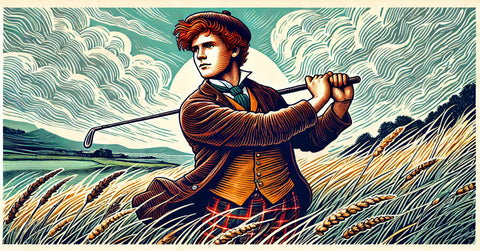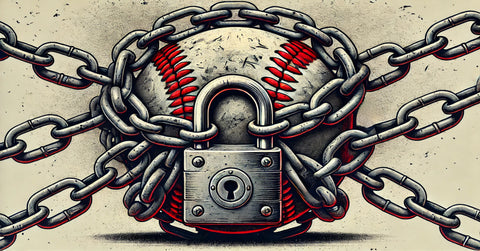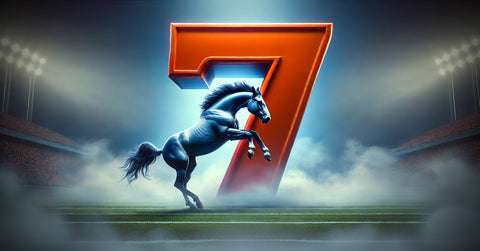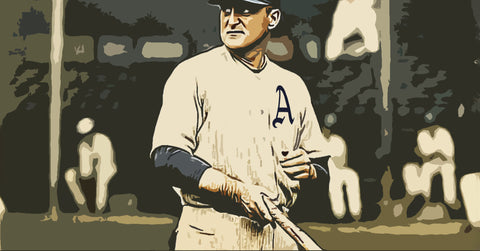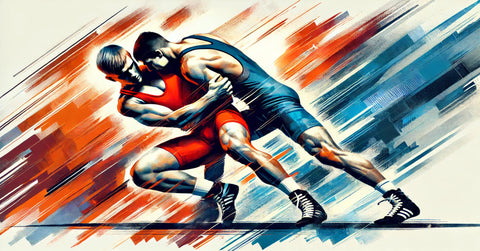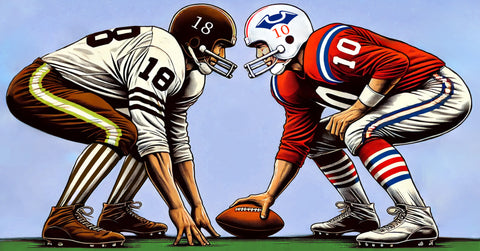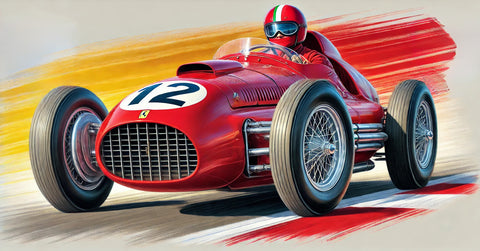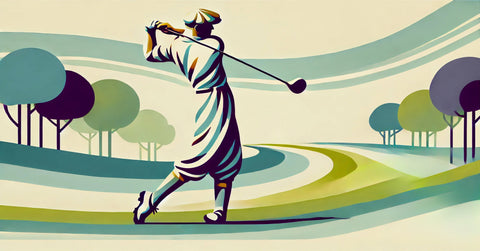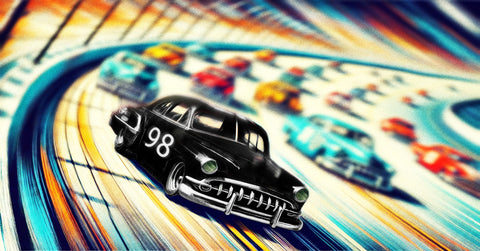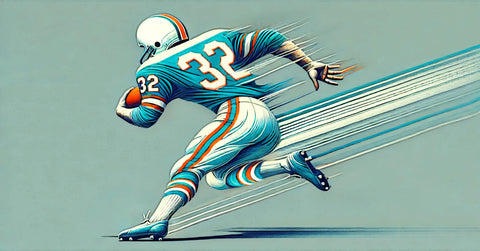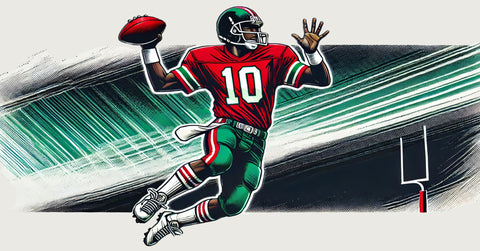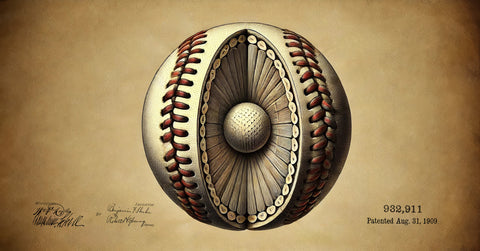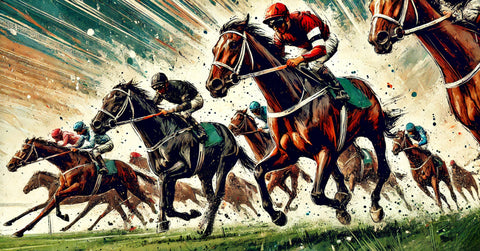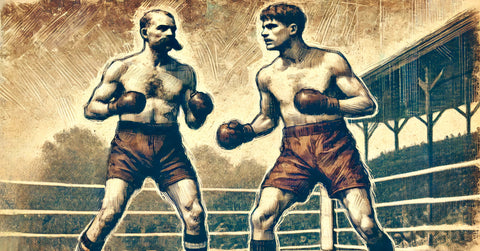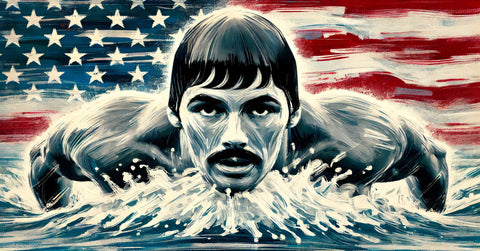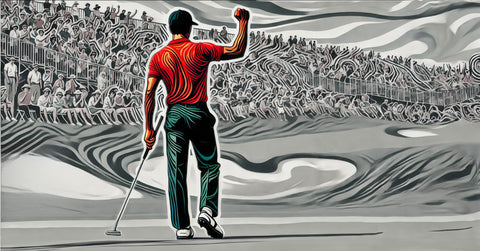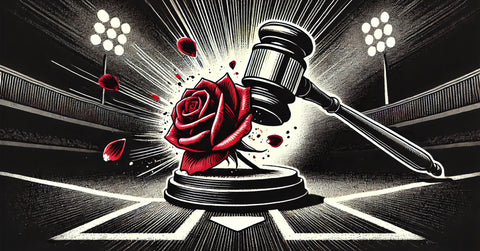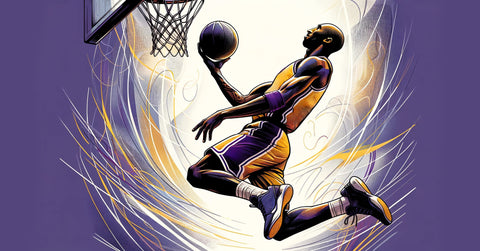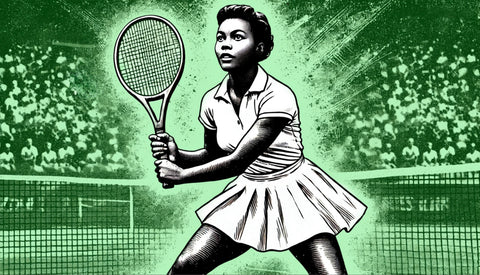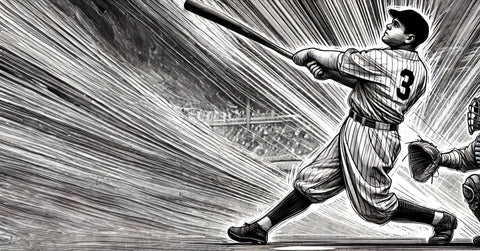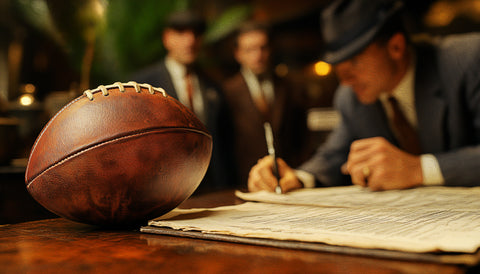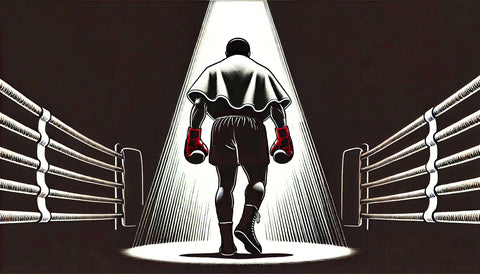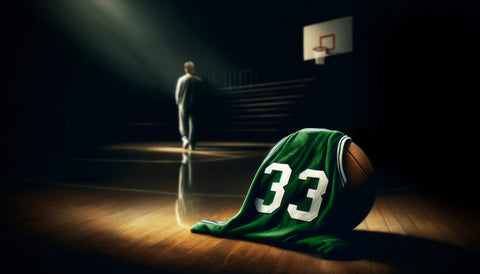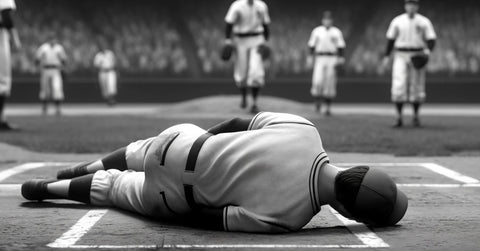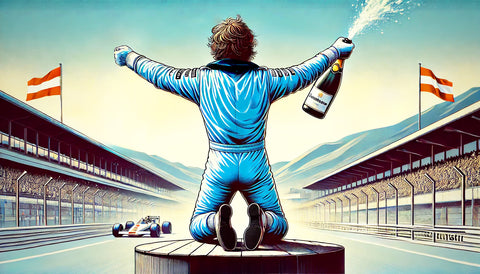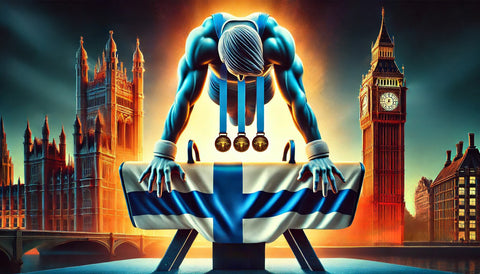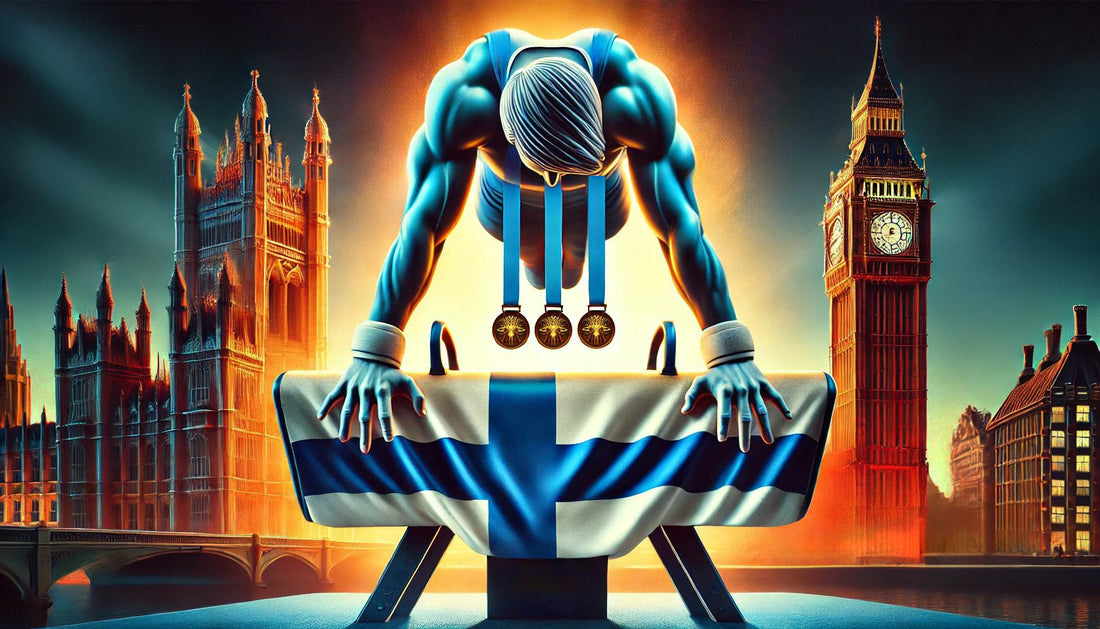
August 13, 1948: The Ageless Wonder and a Historic Gold Medal Tie
Share
In the world of sports, age is often seen as a barrier—a ticking clock counting down the time an athlete has left at the pinnacle of their career. But for Heikki Savolainen, age was nothing more than a number. At 40 years old, Savolainen, a veteran of the gymnastics world, defied expectations at the 1948 London Olympics by sharing in one of the most remarkable moments in Olympic history: a three-way tie for the gold medal in the men’s pommel horse.
Savolainen wasn’t just another competitor in these Games; he was a living legend, competing in his fourth Olympics. His Olympic journey began two decades earlier in Amsterdam in 1928, where he first showcased his gymnastic prowess on the world stage. Over the years, he became a symbol of endurance and excellence, consistently performing at the highest level in a sport that demands both physical and mental precision.
By the time the London Olympics rolled around, Savolainen had already medaled in each of his previous Olympic appearances. His collection included a gold in the team all-around from the 1932 Los Angeles Games and multiple bronze medals in both individual and team events. But 1948 would prove to be the crowning achievement of his illustrious career.
Savolainen, alongside his fellow Finns, Paavo Aaltonen and Veikko Huhtanen, delivered performances on the pommel horse so perfectly matched that the judges simply couldn’t separate them. In a sport where the margins between triumph and mere participation are often measured in fractions of a point, this result defied the odds. The judges, unable to distinguish between the three, awarded them all gold medals. It was a moment of poetic justice for Savolainen—a testament to his enduring skill, resilience, and love for the sport.
The apparatus that served as the stage for this remarkable tie, the pommel horse, has a history as demanding as the sport itself. Originally conceived as a training tool for cavalry soldiers, the pommel horse evolved into a symbol of gymnastic elegance and control. Athletes must execute a series of continuous, circular motions, their bodies in constant motion, with no room for error. It’s a test of strength, coordination, and endurance that few can master.
This shared victory was more than just a personal triumph for Savolainen; it was a symbol of Finland’s dominance in gymnastics during that era. The image of these three Finns standing together on the podium, each holding a gold medal, remains one of the most iconic in Olympic history. For Savolainen, it was another milestone in a remarkable career that spanned five Olympic Games and more than two decades—a testament to his enduring skill and resilience. Although 1948 marked a high point, he would continue his Olympic journey, competing once more in the 1952 Helsinki Games, where he further solidified his legacy as one of the sport’s all-time greats.
Heikki Savolainen’s story is a reminder that greatness knows no age. Even at 40, he was not just competing; he was still winning, still achieving, and still inspiring. As we look back on that historic tie in 1948, we remember not just the result, but the remarkable journey of the man who helped make it happen.


